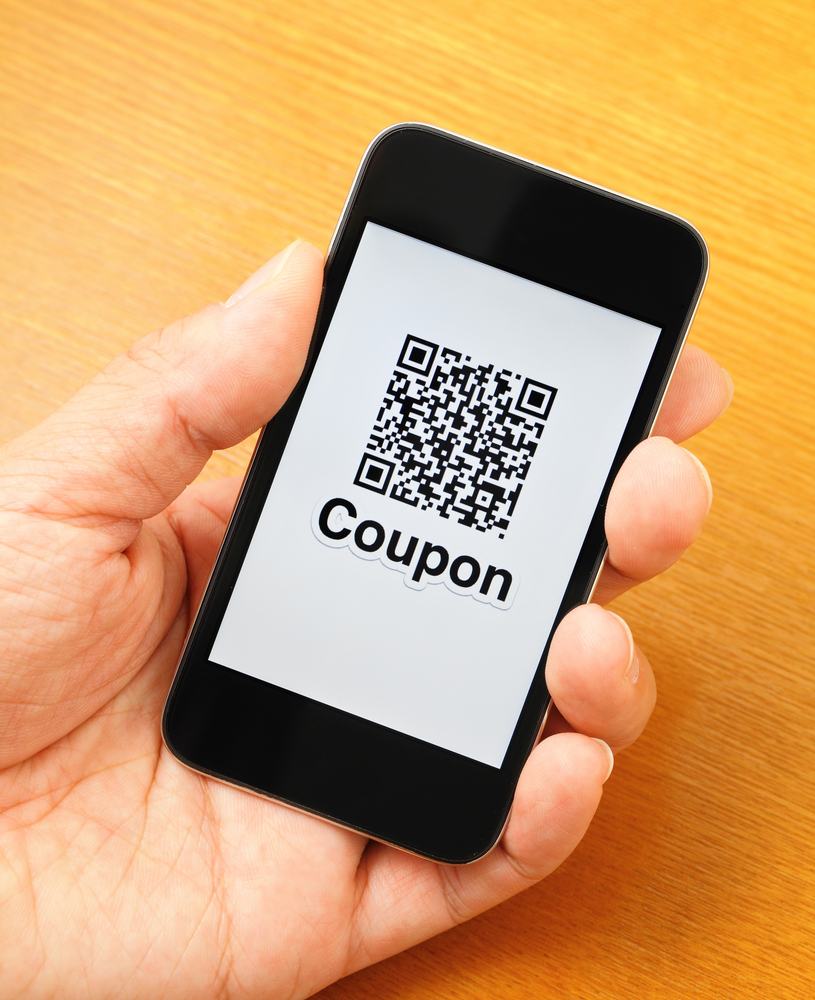Globally, QR codes are most prevalent in China, the most populous country in the world. The WeChat app has helped make QR codes an integral part of consumers’ everyday lives. The codes are used for everything – payments, getting information, redeeming discount codes – practically in every situation where QR codes are relevant.
In Europe, the phenomenon is also becoming more widespread. The payment limit for mobile payments was raised in 2020 to encourage businesses and consumers to use contactless payments. According to MobileIron, this has led to an increase in the use of QR codes for payments. MobileIron conducted a survey in 2020 showing that 80% of smartphone users had scanned a QR code at least once, and about 40% had done so in the last week. Additionally, more than half of consumers said they expect to use QR codes for payments in the future.
Danish MobilePay also reports that over half of their transactions already occur via QR codes, despite Bluetooth payments being available. This is because Danes have become accustomed to what they need to do when they see a QR code.
Shopbox’s use of QR codes
At Shopbox, we also use QR codes, and it works really well. Our mobile point-of-sale system integrates with MobilePay, giving customers the option to pay via an integrated QR code.
We have developed a takeaway order platform (Shopbox on-the-go), which we offer to our customers. It is a platform used to receive take-away orders and payments. As an integrated part of the package our customers receive, a promotion kit is included with a range of flyers and stickers containing a QR code with the option for an integrated promo code. This gives their customers a 10% discount on their next order if they order through the restaurant's own takeaway platform. Our customers can thus try to encourage their customers to move to their own ordering platform through the QR code while avoiding expensive platforms like JustEat and Wolt.
We also support QR codes for orders and payments at the table in restaurants. Here, the restaurant's guests can scan a QR code, which leads them to the restaurant's order platform, either in the form of a website or the restaurant's app, where they can place their order. The order then goes directly to the kitchen, where it also shows which table the order is coming from. The waiter then brings the order when the food is ready.
Shopbox has had great success with using QR codes, and we are currently developing many other scenarios where QR codes will be used. I am convinced that this is also happening in other businesses both in Denmark and abroad. Thus, QR codes are gaining ground in payments.
So, what is the future of QR codes in Denmark?
I believe that in Denmark, we will soon see more use cases where QR codes can be scanned. This will naturally lead to more and more Danes starting to scan in all sorts of contexts. For example, the QR code is already in play in the driver’s license app, where it is used to check the validity of a driver's license. As mentioned, more and more restaurants have already begun to introduce QR codes on their menus, where the code is scanned and the menu is displayed on the phone. This is already standard practice in many restaurants in Norway.
Already now, scanning a QR code is faster than it used to be, and I am confident that QR codes will continue to be developed and become quicker to use. For example, Apple’s new format, ‘app clips,’ uses QR codes -naturally with their own developed codes - that are very responsive. In my perspective, Apple’s app clips will help kickstart the development of more use cases for QR codes in Denmark, especially the development of faster QR codes.
The COVID-19 pandemic is also a catalyst for the wider adoption of these codes, as there is a need for more contactless solutions to avoid spreading the virus.
In my perspective, QR codes will become more widely adopted in Denmark soon and will soon be an integral part of everyday life for Danes. In fact, I believe that in the long run, QR codes will prevail over NFC technology in payments.
